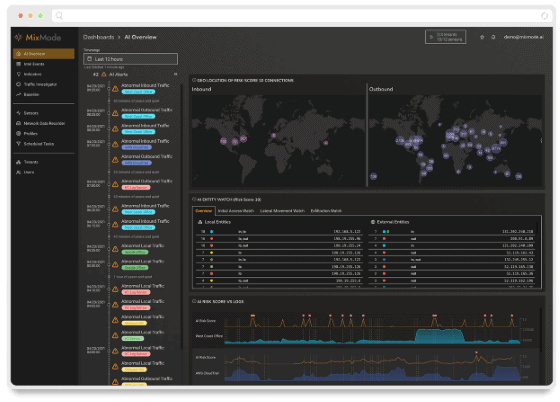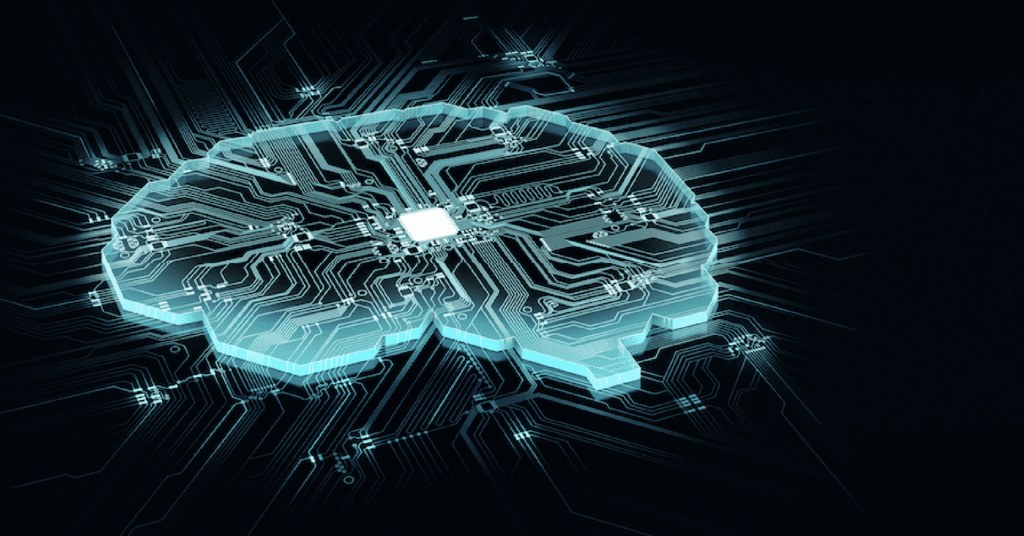Mixmode Blog
Lorem ipsum dolor sit amet, consectetur adipiscing elit.
Whitepaper: The Data Overload Problem in Cybersecurity
The very nature of data is its infinite capacity for growth. For security teams at large, highly integrated and complex enterprises like financial services institutions, that growth can quickly become unwieldy when the approach is to store, normalize and prepare all of this data in order to extract value.
Read MoreMagnify Podcast: Discussing the New Normal with AI Based Cybersecurity Specialists, MixMode
Geoff Coulehan, MixMode’s Head of Strategic Alliances, joined Secrutiny’s “Magnify Podcast,” to discuss the priorities CISOs should focus on to better protect their now-remote team of employees.
Read MoreMixMode Platform Update: Support for Google Cloud
MixMode is proud to release our platform sensor for Google Cloud! With this capability, customers can now monitor their Google Cloud infrastructure for security anomalies and zero-day attacks, using the same industry-recognized MixMode platform enterprises already use for on-premise security monitoring, Amazon Web Services monitoring, and Microsoft Azure monitoring.
Read MorePhishing for Bitcoin: The Twitter Hack Masterminded by a 17 Year Old
The evidence indicates that these attackers are traditionally specialized in hijacking social media accounts via SIM Swapping.
Read MoreGuide: How to Choose an AI-Based Cybersecurity Platform
Most cybersecurity vendors today tout some form of “Artificial Intelligence” as an underlying mechanism for the differentiation of their product among the market. But if everyone is saying they have AI, and everyone is also claiming theirs is the “best,” how can they all be telling the truth?
Read MoreWebinar Recap: The Next-Generation AI Powered SOC Platform
One thing is clear: more spend does not equal more security and the next generation of cybersecurity tools will route out these inefficiencies.
Read MoreDeep Dive: How much time do security teams spend labeling with Supervised Learning?
Many CISOs and SecOps teams were faced with a gut-wrenching choice: addressing the operational challenges of keeping workers connected, or shoring up vulnerabilities before hackers exploited them. Both options involved time-consuming, repetitive, manual work.
Read MoreWhy a Platform With a Generative Baseline Matters
MixMode creates a generative baseline. Unlike the historically-based baselines provided by add-on NTA solutions, a generative baseline is predictive, real-time, and accurate. MixMode provides anomaly detection and behavioral analytics and the ability to suppress false positives and surface true positives.
Read MoreWhy The Future of Cybersecurity Needs Both Humans and AI Working Together
A recent WhiteHat Security survey revealed that more than 70 percent of respondents cited AI-based tools as contributing to more efficiency. More than 55 percent of mundane tasks have been replaced by AI, freeing up analysts for other departmental tasks.
Read More









